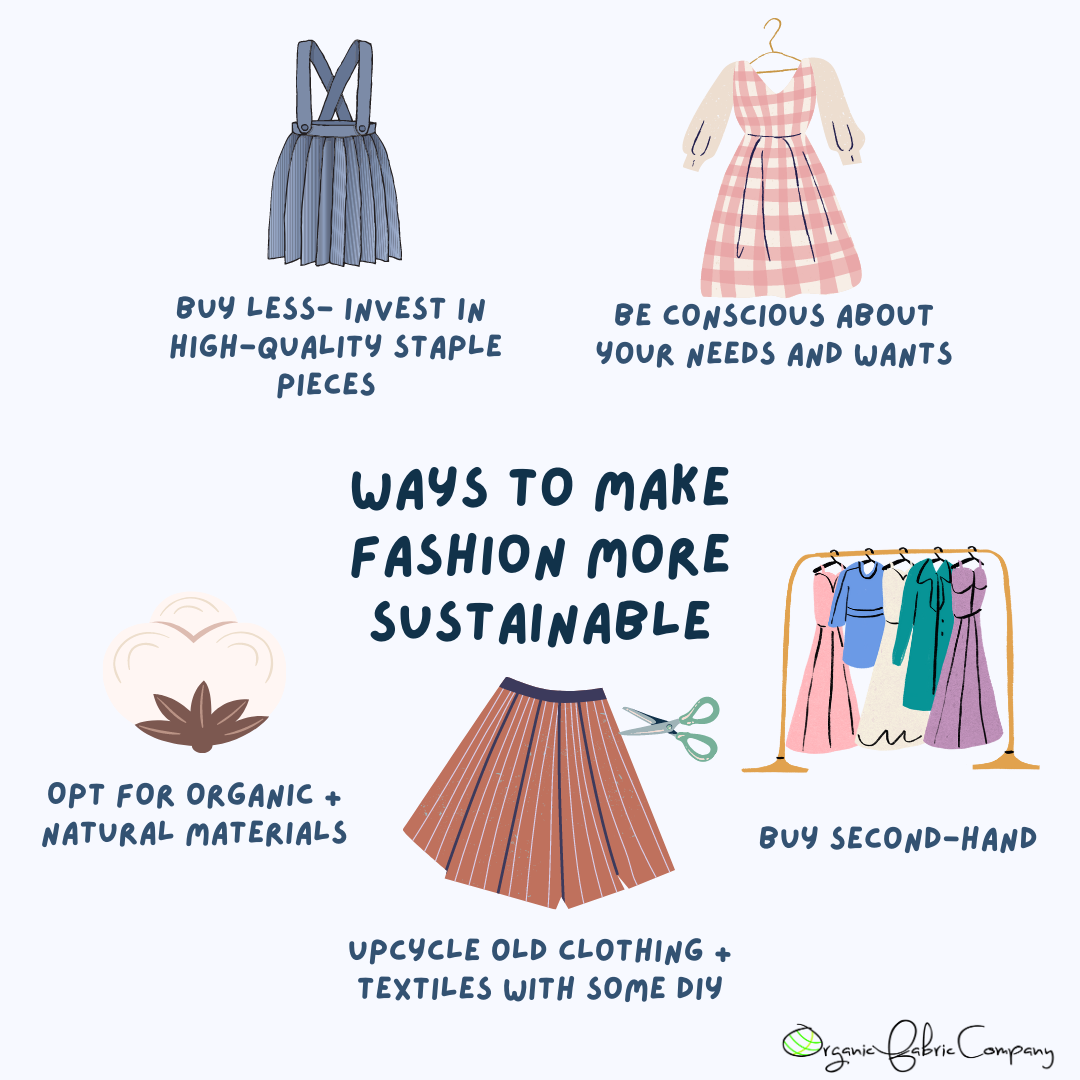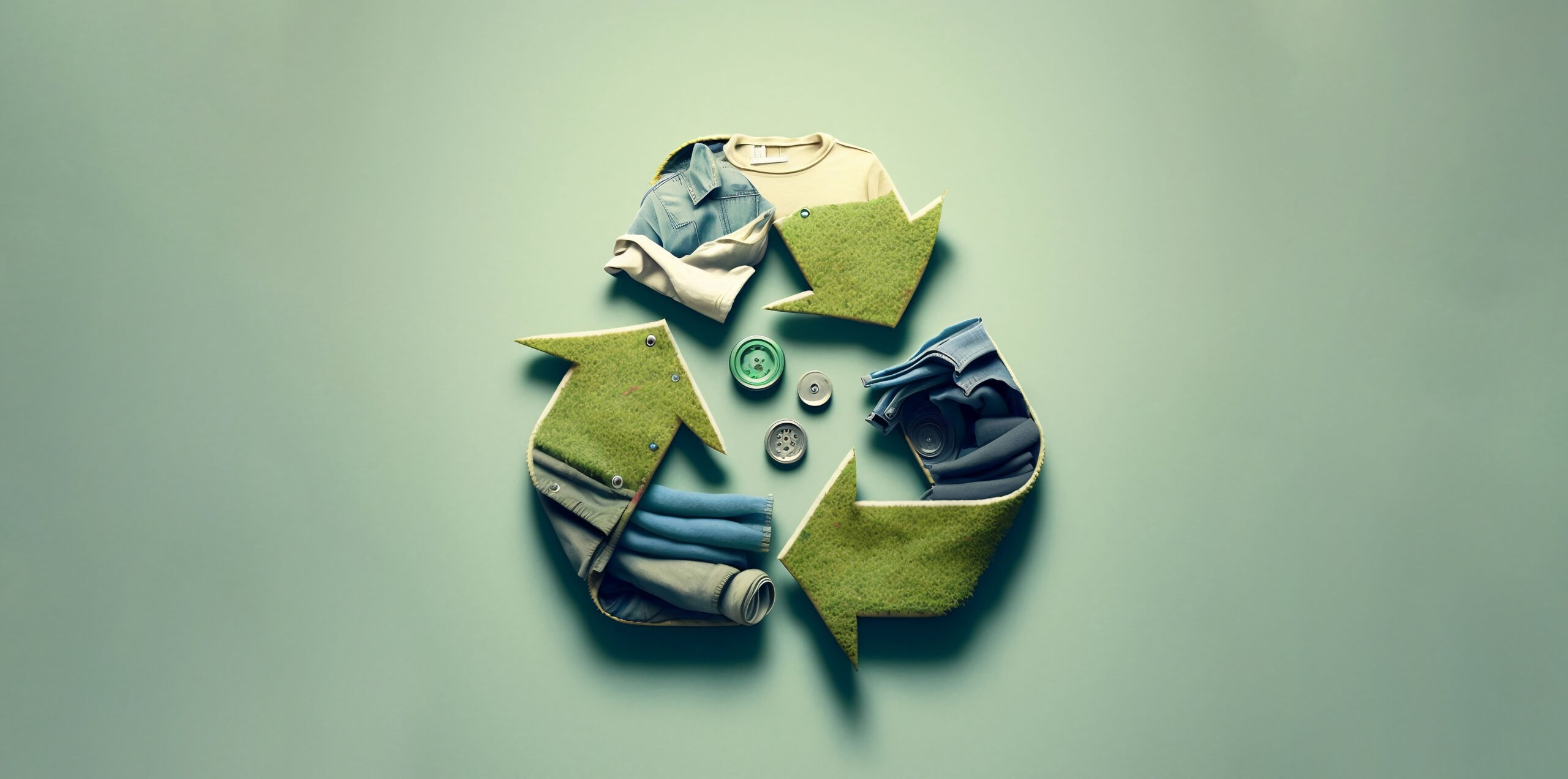Keep Ahead of the Curve by Discovering Ingenious Style Trends
In a sector as dynamic as fashion, staying in advance entails more than simply adhering to existing fads-- it demands an exploration of innovation. Smart textiles, as an example, are changing garments into useful work of arts, while 3D printing is changing layout processes with its adjustable, waste-reducing abilities. As sustainability ends up being a foundation, advancements like eco-friendly products and circular style methods are reshaping environmental duty - Cape Town Sustainable Fashion. In addition, the convergence of innovation and style advertises a brand-new period of consumer engagement. Exactly how, then, can these arising fads redefine the future of style, and what ramifications do they hold for brands looking for to grow in this advancing landscape?

Accepting Smart Textiles
Over the last few years, the fashion business has actually observed a transformative change with the combination of wise fabrics, a sophisticated development that blends technology with fabric. This evolution stands for not just a blend of visual appeals and functionality however also a significant leap towards sustainability and personalization in vogue. Smart textiles, likewise known as e-textiles, installed innovative electronic devices such as sensors and conductive strings within the material, allowing garments to connect with the wearer or the environment.
These textiles are made to keep an eye on physiological specifications, such as heart price or body temperature level, giving real-time wellness analytics. Beyond health applications, wise fabrics are additionally being made use of for adaptive clothes, which can change shade or pattern in reaction to ecological stimulations, hence supplying a dynamic fashion experience.
In addition, the growth of energy-harvesting fabrics that create power from motion or sunshine is paving the method for self-sufficient wearable technology. This technology is appealing to environmentally mindful customers and designers aiming to minimize the environmental footprint of fashion. As research study and growth in this field development, smart fabrics are anticipated to come to be significantly widespread, reshaping the landscape of modern-day style with their multifunctional abilities.
The Surge of 3D Printing
Revolutionizing the production landscape, 3D printing has become a game-changer in the apparel industry. This advanced innovation has allowed designers to press the borders of creativity, generating detailed and personalized garments that were previously inconceivable. By leveraging electronic design and additive manufacturing, 3D printing assists in the development of complicated geometries and patterns, enabling designers to trying out brand-new appearances and structures.
A noteworthy benefit of 3D printing in vogue is its capability to create on-demand, lessening waste and decreasing inventory needs. This performance not only optimizes production processes but likewise permits fast prototyping, allowing designers to bring their visions to life in a much shorter timeframe. Additionally, 3D printing supports modification somewhat unequaled by traditional methods, supplying distinct designs and personalized fits customized to specific consumer preferences.
The surge of 3D printing has actually likewise equalized style, making it easily accessible to arising developers who can currently fabricate high-quality pieces without significant financial investment in typical production infrastructure. As innovation proceeds to advancement, the apparel industry is poised to harness the full possibility of 3D printing, exploring new products and techniques that will undoubtedly redefine how fashion is developed and produced.
Sustainable Style Developments
As the fashion sector faces the pushing need for ecological responsibility, lasting style technologies have emerged at the forefront of transformative modification. The growing understanding of environmental influence has actually sustained a change towards even more eco-conscious techniques and materials. Designers and brands are now focusing on sustainability, incorporating techniques that lessen waste and minimize carbon impacts.
One substantial growth read what he said is the surge of round style, which highlights recycling and upcycling to expand the lifecycle of garments. This approach not only decreases waste but also motivates consumers to take on a much more mindful method to clothes intake.
Another development lies in the fostering of cutting-edge dyeing techniques that use waterless procedures or all-natural dyes, therefore minimizing the substantial quantities of water and chemicals generally utilized in textile dyeing. Furthermore, advancements in biotechnology article source have actually led to the creation of lab-grown leather and materials, providing ecologically pleasant and cruelty-free alternatives to standard products. Via these introducing initiatives, the fashion business is making meaningful strides in the direction of a much more lasting future.

Tech-Integrated Garments
Tech-integrated clothing represents a cutting-edge fusion of fashion and modern technology, reshaping just how people engage with their garments. This cutting-edge domain is marked by the incorporation of wise textiles and ingrained digital components, improving both functionality and aesthetic allure. From physical fitness trackers embedded in sports apparel to heated coats managed by means of smartphone applications, tech-integrated garments uses customers unmatched comfort and flexibility.
Pioneering brand names are driving this fad, concentrating on developing garments that react to ecological stimulations or customer commands. For circumstances, some garments can transform color or pattern in response to temperature level changes, while others incorporate biometric sensing units to keep an eye on health metrics like heart price or stress levels. The seamless combination of modern technology right into fabrics likewise encompasses environmental sustainability, with efforts to establish self-cleaning fabrics or garments that adjust to climate condition, therefore decreasing the need for several layers.
In addition, the development of wearable modern technology is not just restricted to apparel however encompasses devices like watches and glasses, more widening the range of tech-integrated style. As the market continues to introduce, the possibility for personalization and customization in garments grows, offering customers special, tech-enhanced style experiences that accommodate their specific requirements and preferences.
Future of Virtual Style
In recent times, the future of online style has actually arised as a transformative force within the market, leveraging innovations in electronic innovation to redefine exactly how style is produced, experienced, and eaten. By integrating enhanced truth (AR), digital truth (VR), and 3D layout tools, developers can currently craft interactive and immersive experiences that transcend typical style site link limits. Virtual style allows for the development of garments that exist solely in electronic settings, supplying unlimited possibilities for development without the restrictions of physical production.
This digital shift not just provides possibilities for imaginative expression but also addresses sustainability concerns intrinsic in standard style techniques. Cape Town Sustainable Fashion. By getting rid of the need for physical sources, virtual style lowers waste and lessens carbon impacts. Additionally, the surge of virtual fashion straightens with the enhancing customer need for special and tailored experiences, as digital garments can be personalized and customized to individual choices effortlessly

Verdict
The fashion market's future lies in the combination of lasting techniques and innovative innovations. Online style is poised to redefine consumer interactions.
In recent years, the style sector has actually experienced a transformative change with the integration of smart textiles, an advanced advancement that blends technology with fabric.As the fashion industry grapples with the pressing need for ecological duty, sustainable fashion innovations have emerged at the forefront of transformative change.In recent years, the future of digital style has actually arised as a transformative force within the industry, leveraging developments in digital modern technology to redefine how style is developed, experienced, and taken in. The increase of virtual fashion aligns with the enhancing consumer need for tailored and unique experiences, as virtual garments can be tailored and customized to individual choices with ease.
The fashion market's future lies in the assimilation of ingenious technologies and sustainable techniques.